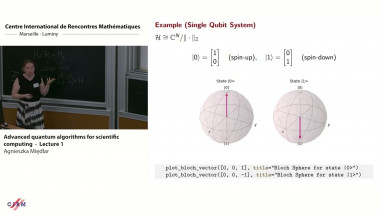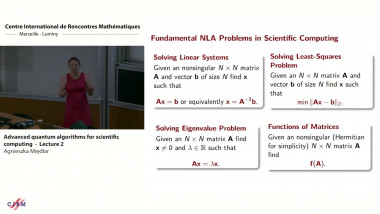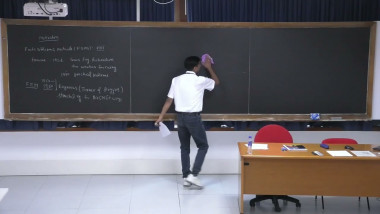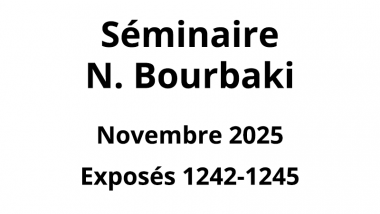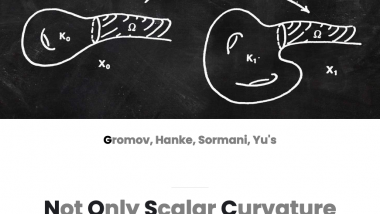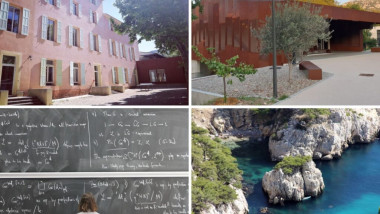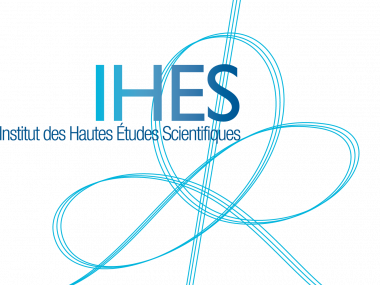Appears in collection : Geometry and Computing / Géométrie et Informatique
Engineering analysis should match an underlying designed shape and not restrict the quality of the shape. I.e. one would like finite elements matching the geometric space optimized for generically good shape. Since the 1980s, classic tensor-product splines have been used both to define good shape geometry and analysis functions (finite elements) on the geometry. Polyhedral-net splines (PnS) generalize tensor-product splines by allowing additional control net patterns required for free-form surfaces: isotropic patterns, such as n quads surrounding a vertex, an n-gon surrounded by quads, polar configurations where many triangles join, and preferred direction patterns, that adjust parameter line density, such as T-junctions. PnS2 generalize C1 bi-2 splines, generate C1 surfaces and can be output bi-3 Bezier pieces. There are two instances of PnS2 in the public domain: a Blender add-on and a ToMS distribution with output in several formats. PnS3 generalize C2 bi-3 splines for high-end design. PnS generalize the use of higher-order isoparametric approach from tensor-product splines. A web interface offers solving elliptic PDEs on PnS2 surfaces and using PnS2 finite elements.
